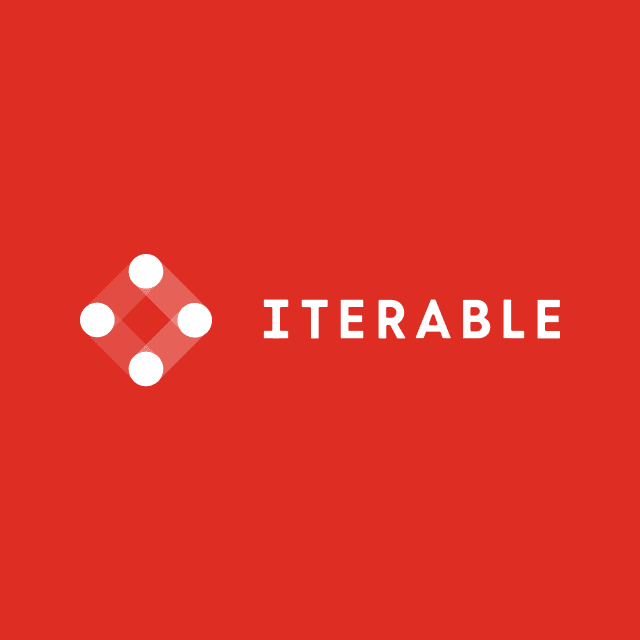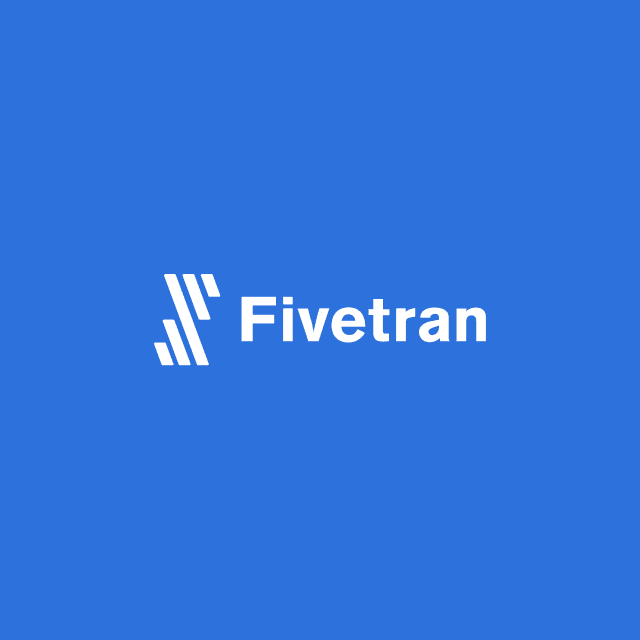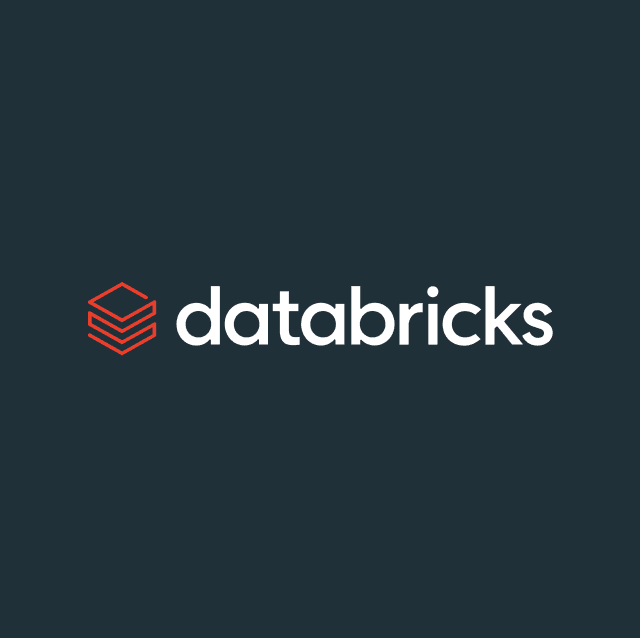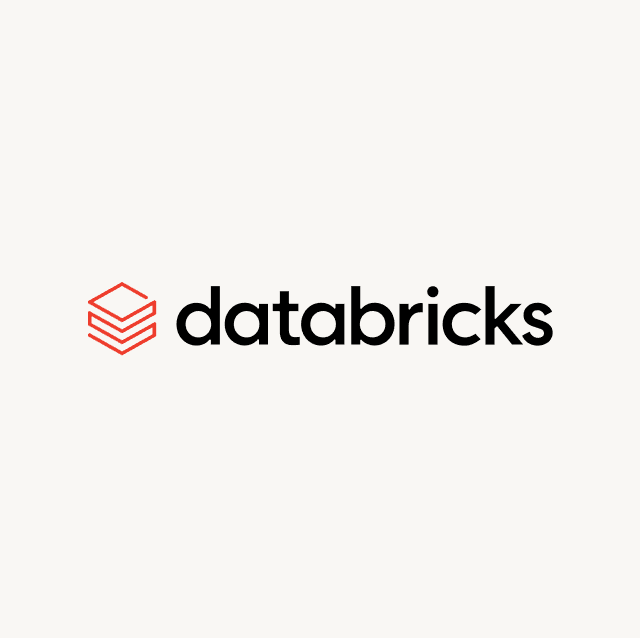Download our latest whitepaper: “Rewriting the Lifecycle Marketing Playbook with AI Decisioning” to learn how industry leaders are leveraging AI agents to drive core use cases like cross-sells, winbacks, and repeat purchases.
For years, gaming and sports betting was fueled by spend — splashy signup offers, deposit bonuses, and national ad campaigns that drove downloads by the millions. But those tactics are no longer sustainable: Acquisition costs are surging. Promotions are eroding margins. And loyalty is fragile and nearly impossible to maintain.
U.S. households are spending about $1,100 per year on online sports betting. Sports betters alone spend an average of $3,284 annually across gambling activities. Yet much of that wallet gets split across multiple apps because switching is frictionless, and players chase the next promotion.
The growth equation has changed. Acquisition no longer drives profitability — lifecycle marketing now determines whether acquisition pays off. That’s where new technologies like AI Decisioning come in, helping marketers own this shift and confidently drive future-facing growth.
In this blog, we’ll explore what AI Decisioning is, how it's transforming lifecycle marketing in gaming and sports betting, how AI agents drive scale, and how to take advantage of it across highly profitable use cases — like offer optimization, winbacks, and cross-sells.
The personalization ceiling
Marketing teams face tremendous pressure to deliver four outcomes above all else: efficiency, profitability, conversions, and engagement. Yet, many teams still rely on the same toolkit of journeys, triggers, and batch campaigns across core channels like push, SMS, on-site, and email. These approaches help automate key touchpoints, but they all rest on a faulty assumption: that consumers follow predictable paths. The reality is far different because customer behavior is anything but linear.
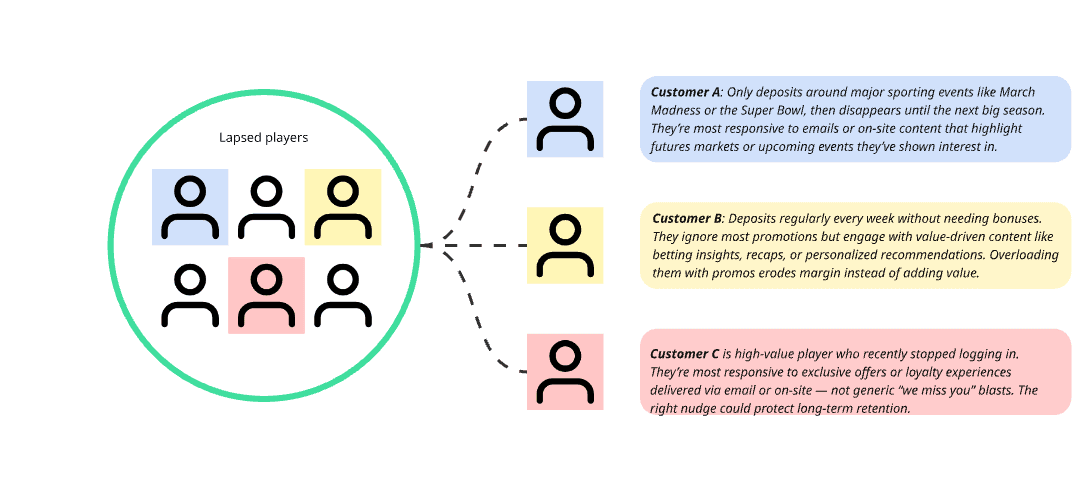
Audiences are made up of individuals with individual needs & preferences
What makes gaming particularly challenging is the industry's micro-moment nature. In-play betting windows open and close within minutes, odds shift in real time during games, and deposit windows are often triggered by live events happening on screen. A message that's perfectly timed during the second quarter of a playoff game becomes irrelevant by halftime. Traditional batch campaigns and scheduled journeys simply can't keep pace with these dynamic, split-second opportunities.
Over time, marketing teams try to solve for this complexity by building more journeys, adding more segmentation, and layering in more logic, but eventually, the ROI usually starts to flatten. And it makes sense: The marketing logic is fixed at the point you design it, while behavior in gaming shifts minute to minute. And the more complexity you add into your orchestration to account for as many changing behaviors as you can, the harder it becomes to maintain, measure, and scale. No matter how many journeys you build or how many attributes you segment on, traditional marketing systems (CDPs, ESPs, CRMs, etc.) can’t adapt to every consumer in real time.
That means it’s really difficult to account for actual user behavior. But marketers also can’t just optimize for a single action. They need to reach consumers at scale, with decisions that account for context in the moment — not just the segment they belong to. Up until recently, though, delivering truly personalized 1:1 experiences — across email, push, SMS, on-site experiences, and more — was nearly impossible.
Rewriting the Lifecycle Marketing Playbook with AI Decisioning
Discover how industry leaders are using AI to drive smarter, faster, and more profitable customer engagement.


Scaling 1:1 personalization with AI Decisioning
AI Decisioning introduces a new paradigm shift for marketing teams, one that goes beyond journeys and campaign logic to millions of real decisions made by AI agents. The result is continuous testing and learning that happens automatically — so teams can drive outcomes and users can receive unique 1:1 experiences.
While many teams are often familiar with generative AI, the power of agentic AI unlocks real competitive differentiation.
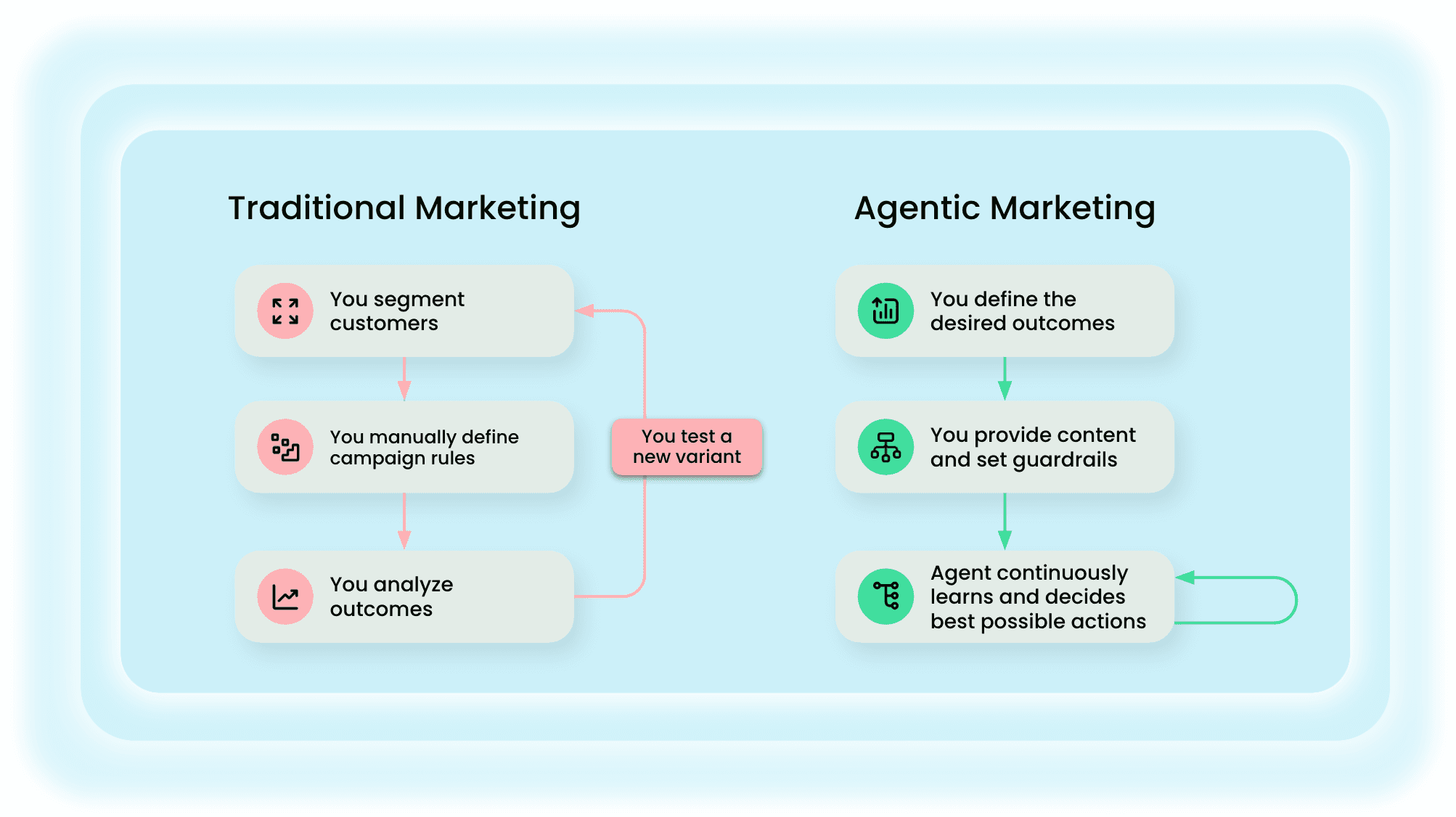
AI Decisioning unlocks outcome-based marketing
Instead of building complex flows for every segment or lifecycle stage, marketers configure agents with clear goals: extend LTV, increase casino attach-rate, re-engage lapsed consumers, etc. They then define the strategy, guardrails, and constraints to stay in control the entire time. In gaming, these guardrails are especially critical given the heavily regulated nature of the industry.
These AI agents can be configured to automatically respect responsible gaming limits, state-by-state regulatory requirements, promotional compliance rules, and cooling-off periods to ensure every decision stays within legal boundaries.
From there, AI agents go to work making individualized decisions across every customer, choosing the right message, channel, timing, and offer to maximize the defined outcomes. The advantage here is that the agents can operate beyond human scale to continuously adapt and learn in ways that traditional systems can’t account for. This allows them to handle complex use cases that emerge like:
- Event-driven engagement: A consumer deposits during March Madness, then disappears. Do we nudge with a casino cross-sell, wait until their preferred sport returns, or suppress promos entirely?
- Promo efficiency: A regular player deposits every week without bonuses. Do we keep spending promo dollars on them, or shift them into a bonus-suppressed audience to protect margins?
- VIP retention: A high-value casino player suddenly disengages. Do we surface tailored high-stakes offers, shift to email for more exclusive messaging, or reduce outreach to protect long-term loyalty?
- In-play optimization: A casual fan logs in during the Super Bowl but doesn’t place a bet. Should we trigger an in-play push, highlight a casino side offer, or let them browse without pressure?
Thriving in the complexities of the gaming and sports betting
For gaming and entertainment, this technology marks an unprecedented opportunity: AI Decisioning thrives in environments where marketing teams have clear business goals they want to drive, constant behavioral signals, and significant variation across offers, games, and engagement patterns. This leads to real, measurable lifts and optimizations that actually move the needle.
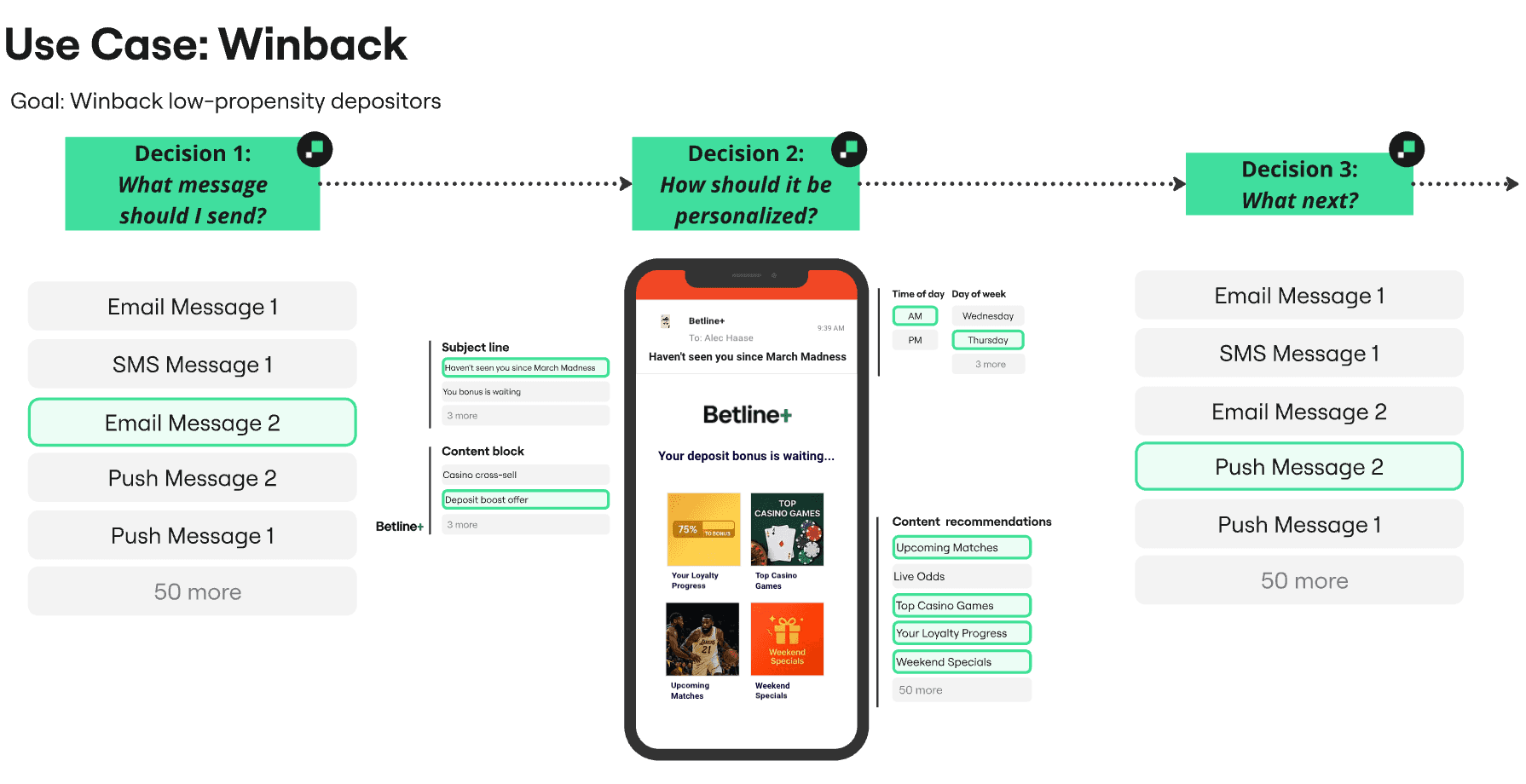
AI Decisioning for a betting win-back use case
A typical company might offer dozens of sports markets, hundreds of games, multiple bonus types, and different loyalty rewards — all with their own eligibility rules, margin impact, and engagement triggers. Layer on seasonal spikes like March Madness or the Super Bowl, ongoing in-play betting windows, and four primary marketing channels (push, SMS, email, on-site), and the sheer number of decisions required to get everything right, from the message, to the offer, to the timing. The only way to effectively manage this complexity is with AI agents.
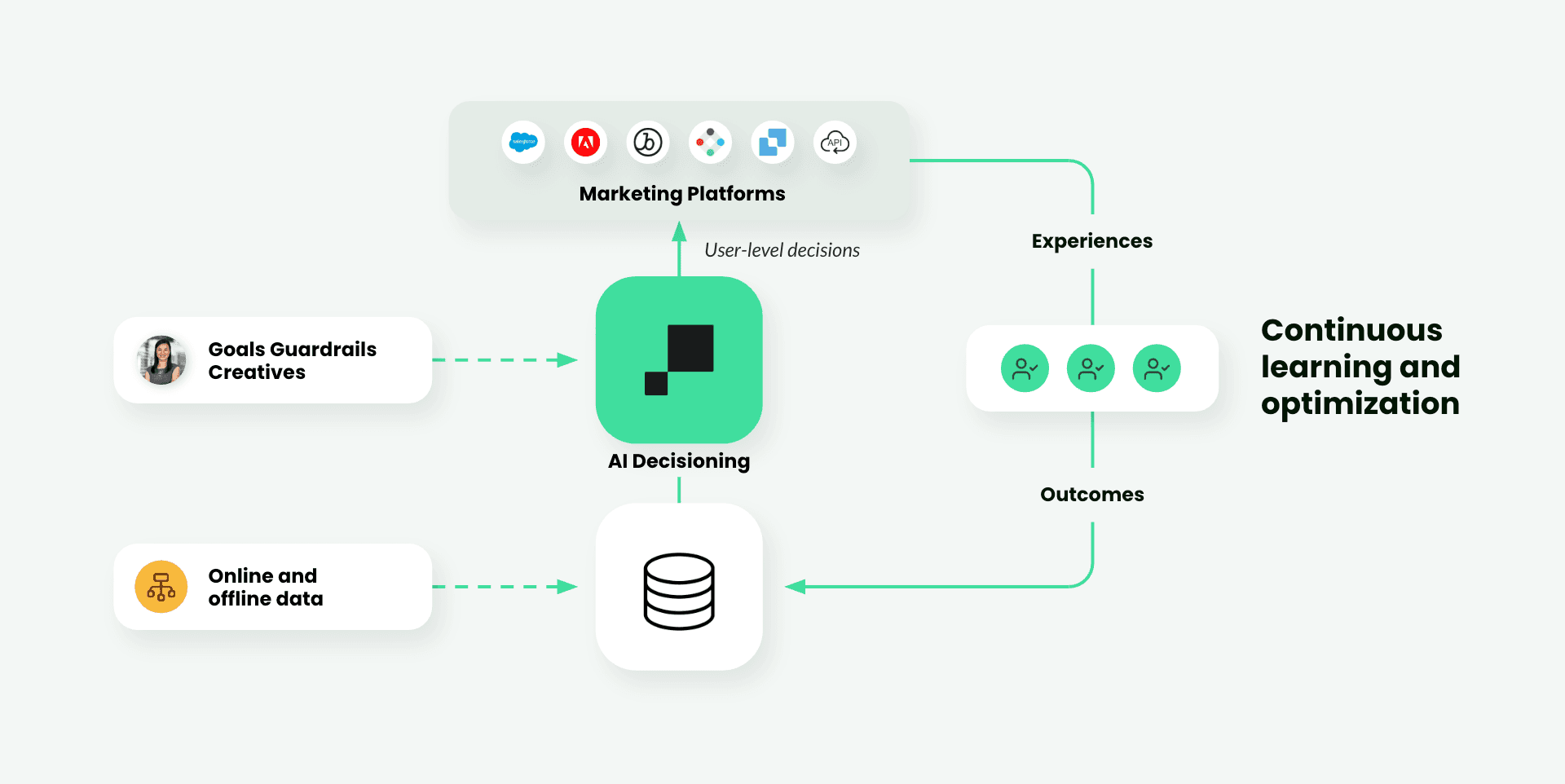
AI Decisioning plugs right into your existing tech stack
The superpower underpinning AI Decisioning is that it integrates with your existing data infrastructure and marketing tools — without storing a separate copy of your customer data, which is critical in an industry as regulated as gaming.
How AI Decisioning is transforming gaming use cases
Cross-sell and upsell
Sports betting drives traffic, but profits are razor-thin. The value comes from converting those players into higher-margin gaming experiences like digital tables, slots, in-person casino visits, loyalty tiers, or exclusive events.
AI Decisioning agents identify subtle behavioral signals that suggest when a player is ready for more and deliver the right introduction in the right channel.
Example: A weekend football bettor typically disengages after Sunday night. The agent anticipates the midweek lull and sends a Tuesday SMS with an invitation to a nearby casino’s loyalty event — an upsell that drives both incremental revenue and deeper brand connection.
Offer optimization
Promotions are the biggest controllable expense in gaming, but offers can often be wasted on players who would have deposited anyway. Traditional tactics like blanket email blasts with “Deposit $50, Get $50” erode margins and frustrate loyal players who don’t need the incentive.
AI Decisioning agents analyze behavior to determine who actually requires a bonus, who responds better to value-driven content, and who should be suppressed entirely. This ensures promotions drive incremental engagement instead of subsidizing existing spend.
Example: A frequent depositor claims every offer. The agent recognizes the pattern, suppresses future promos, and instead delivers a tailored email with betting insights — protecting margin without hurting engagement.
Win back and re-engagement
Churn in gaming rarely comes with a formal cancellation. Most players simply stop logging in, reduce deposits, and fade away over time. Legacy reactivation campaigns treat everyone the same with generic “We miss you” emails or broad promo codes that often accelerate fatigue.
AI Decisioning agents detect early disengagement signals and adapt recovery strategies to each player. That might mean surfacing seasonal content, using empathetic messaging, or even pausing outreach to avoid oversaturation.
Example: A March Madness fan typically disengages in April. The agent identifies the pattern early, surfaces an NBA futures module on-site, and follows with a push notification aligned to their browsing habits — keeping them active into the next season.
Insights that fuel growth and LTV
AI Decisioning isn’t just unlocking better campaign performance — it’s uncovering new insights. Every time an agent decides whether to send a push, hold back a promo, or swap in educational content, it generates learnings about what actually drives behavior in the moment. Those learning happens both on the individual level and in aggregate, which means the system is constantly learning what works on both an individual scale and a global scale.
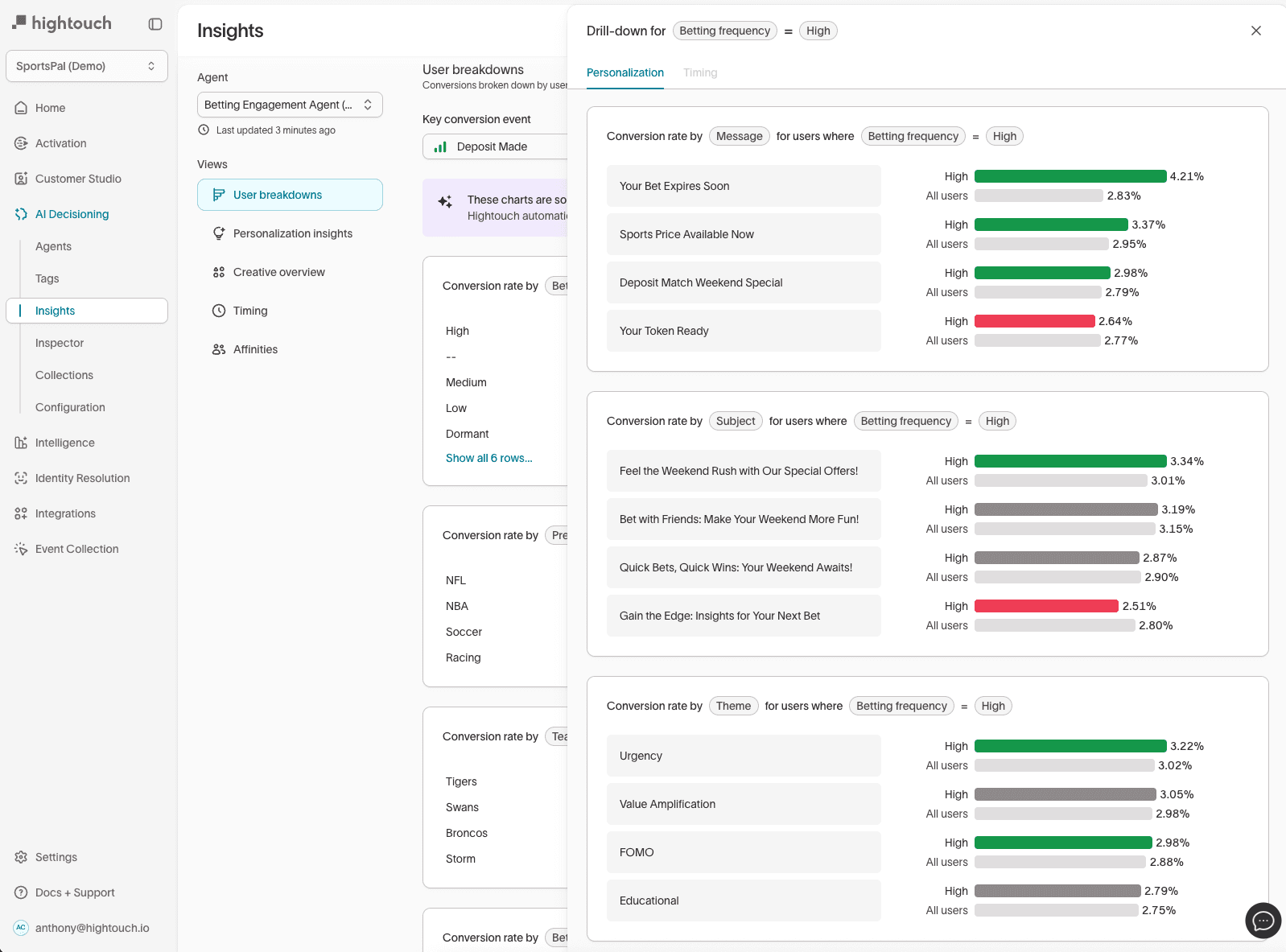
Identify unknown insights to inform your marketing strategy
For gaming, this might mean uncovering that heavy depositors respond better to prestige content than to constant bonuses; that casual weekend users can be nudged into midweek engagement if offers tie to payday cycles; or that event-driven fans are more likely to return for futures content than for another one-size-fits-all bonus. These learnings can then be rolled into future campaigns to inform creative development, messaging choices, and overall strategy so the agents can continuously refine and optimize every send.
Closing thoughts
Marketing is changing, and gaming companies are undergoing a paradigm shift. The question isn’t whether you can keep running campaigns the old way; it’s how long before you need to make the switch to stay afloat.
The companies that win market share won’t be the ones giving out the biggest bonuses; they will be the ones that make the smartest decisions and learn the fastest — and that means leveraging today's best technology designed with your use cases, scale, and growth in mind.
Book a demo today and see how AI Decisioning can turn your lifecycle program into your most profitable growth lever.






